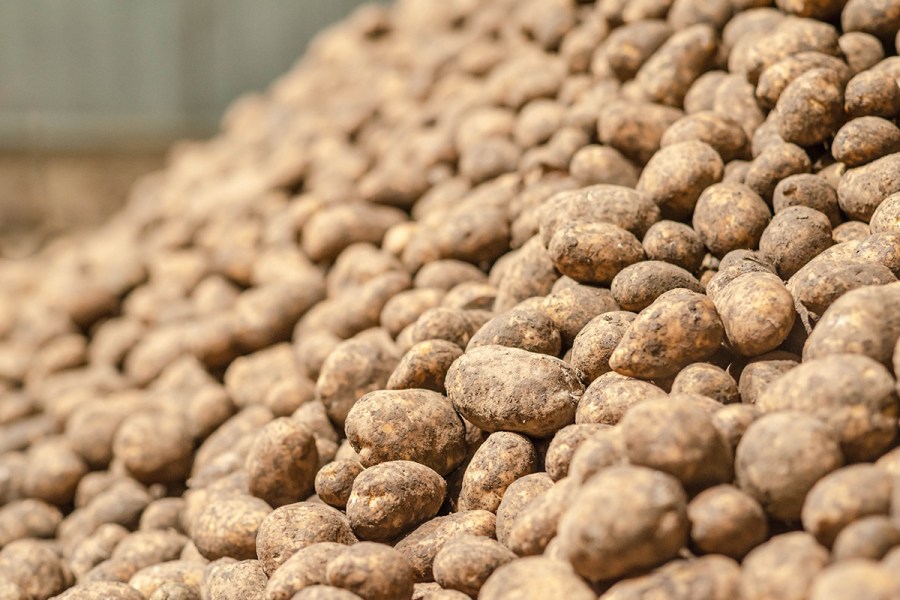The CIPC Residues Monitoring Group has revealed that of the data points submitted the HSE, more than 75% were at or below the limit of detection.
Last year, the group submitted 102 residue data results from potato samples held in stores during 2023/24. The stores had been previously treated with CIPC (chlorpropham) at some point in their history.
These data were voluntarily submitted on an anonymous basis, in answer to a request for information from the HSE. This is to allow a suitability assessment of the new temporary maximum residue level for CIPC.
The results indicate a high number of residues (78) which are at or below the limit of detection (LoD, 0.01 mg/kg). There was one exceedance of the tMRL and the remaining 23 samples were at a level which although exceeded the LoD, didn’t exceed the temporary MRL (tMRL, 0.35 mg/kg).
Data importance
The group says the latter samples are important as they represent data from stores where there’s still sufficient CIPC present to exceed the LoD, but the levels are comfortably within the tMRL. Therefore, if the tMRL had not been put in place, the samples from the 22.5% of stores would have resulted in exceedances.
“It’s important for industry to continue to supply monitoring data to retain the temporary MRL. HSE will then continue to oversee this to ensure the tMRL is set at an appropriate level,” explains a group spokesperson.
Just one test
The group is also promoting a ‘just one test’ approach – in which that’s all that is required from each potato store previously treated at any time with CIPC.
If a grower has such a store, where crops are held for at least two months in the 2024/25 season, data should be provided from the regular multi-residue testing. This is so it can be used by the group as part of the next HSE submission in August 2025.
The group has a target of 125 samples for this next data call, with further information available from adrian@potatostorageinsight.com




